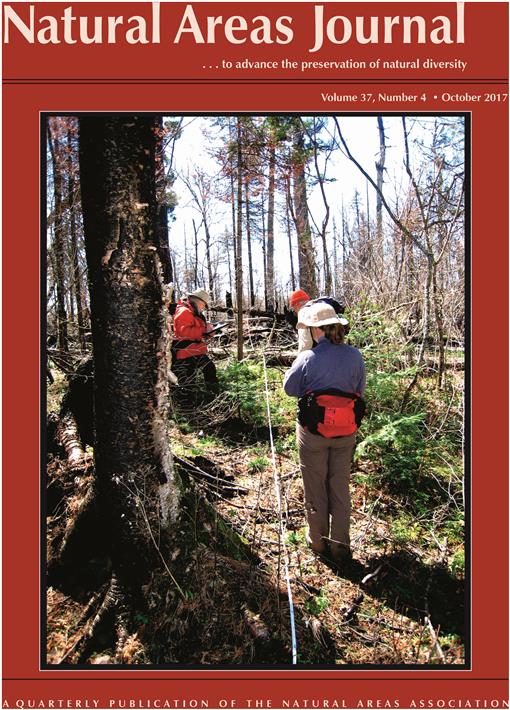The provision of landscape-level public goods, such as scenery or adequate wildlife habitat, requires coordination amongst many landowners whose private decisions can, in the aggregate, produce outcomes with which they themselves are unhappy. This has certainly been the case in the US state of Vermont, where a strong public preference for landscape conservation has been frustrated by a sprawling pattern of development. This paper uses a case study from one Vermont town to illustrate how problems of collective action can stand in the way of conservation of private land. The case study focuses on a community-wide survey investigating the need for landowner education and the relative importance of various incentives for conservation on private land. Results suggest that education may not be what is most needed and that when making conservation decisions, it matters to many landowners what their neighbors are doing. The practical implication is that it might be more effective to work with neighboring landowners in groups than to expect unilateral action to result from educational outreach. This paper concludes by suggesting the need to situate private land conservation in the context of community land use planning.
How to translate text using browser tools
1 October 2017
The Role of Public Land Use Planning in Facilitating Conservation on Private Land
Matthew Hoffman
ACCESS THE FULL ARTICLE

Natural Areas Journal
Vol. 37 • No. 4
October 2017
Vol. 37 • No. 4
October 2017
collective action
conservation
land use
planning
Vermont




